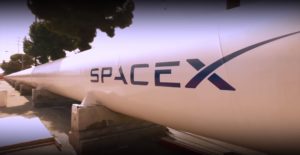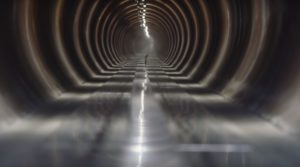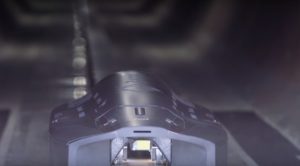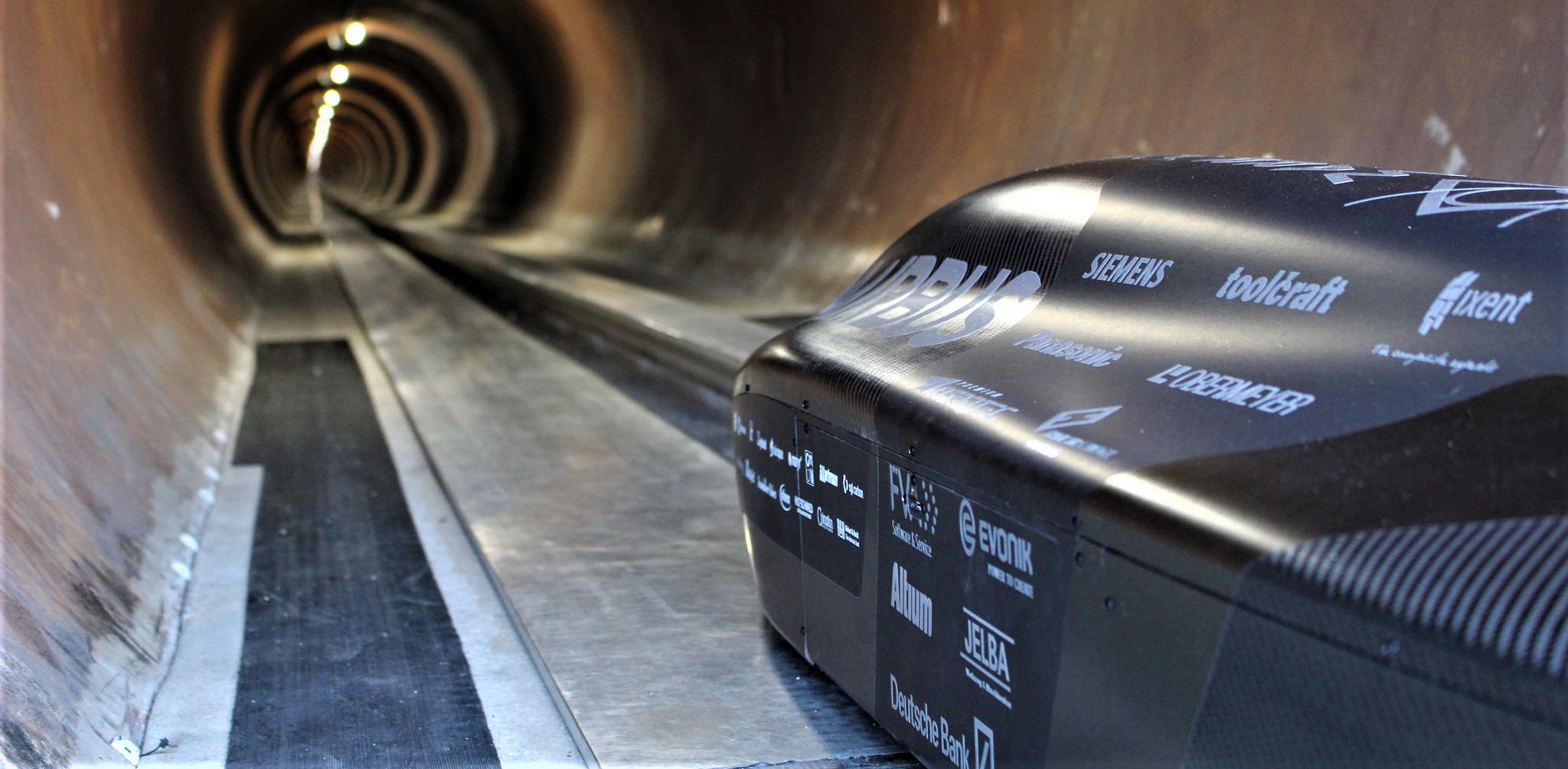
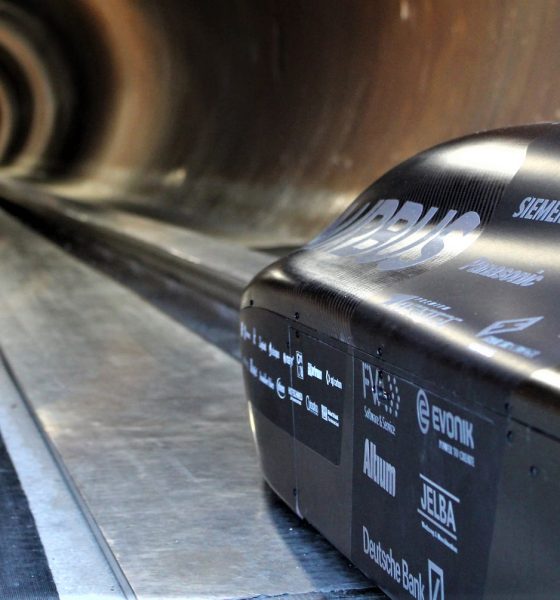
News
SpaceX celebrates 2018 Hyperloop competition success, opens 2019 registration
SpaceX has released a video commemorating the amazing successes of its 2018 Hyperloop Pod Competition at the same time as it’s opened up registration for next year’s follow-up competition, paving (pipelaying?) the way for another throwdown that will seek to once again crown victorious the student team with the fastest pod.
With any luck to next year’s competitors, one or several of those 2019 entrants may once more smash the 2018 world speed record, faster than any production car in history at a whiplash-triggering 467 km/h (290 mph).
With that 290 mph top speed confirmed after WARR’s third 2018 pod run, the Technical University of Munich (TUM) student-led operation solidified itself – for the second time in a row – as the team to beat, breaking their own 2017 Competition 2 speed record of 324 km/h (202 mph) by nearly 50%, a record that itself smashed WARR’s own 90 km/h (~56 mph) top speed record from the inaugural Hyperloop Competition just six months prior. Now the proud holder of three of three Hyperloop Competition top-speed trophies, all eyes will once more be on WARR in anticipation of yet another spectacle of smashed records.
- SpaceX’s Hyperloop test track from the outside, 2018. (SpaceX)
- And the inside… (SpaceX)
- WARR Hyperloop’s 2018 pod demolished the competition by a margin of more than 300%. (SpaceX)
As noted on SpaceX’s website, that fourth upcoming competition – scheduled for the summer of 2019 – features two major updates to the rules and winning criteria.
As with previous competitions, the competition will be judged solely on one criteria [sic]: maximum speed with successful deceleration (i.e. without crashing) and all Pods must be self-propelled.
1. Teams must use their own communications system. SpaceX will not provide its on-Pod communications system, otherwise known as the Network Access Panel (NAP).
2. Pods must be designed and tested to propel themselves to within 100 feet of the far end of the tube before stopping. This can take the form of a single main run to that point, or a “slow crawl” after the Pod’s main run has been completed.
In essence, SpaceX is continuing to gradually remove crutches, encouraging student teams to become more and more independent, especially useful for returning groups. Communication with pods is surprisingly difficult, as any solution chosen must function reliably, wirelessly, and in vacuum conditions, meaning that 2019 competitors will face another major challenge while designing new pods or updating older entrants.
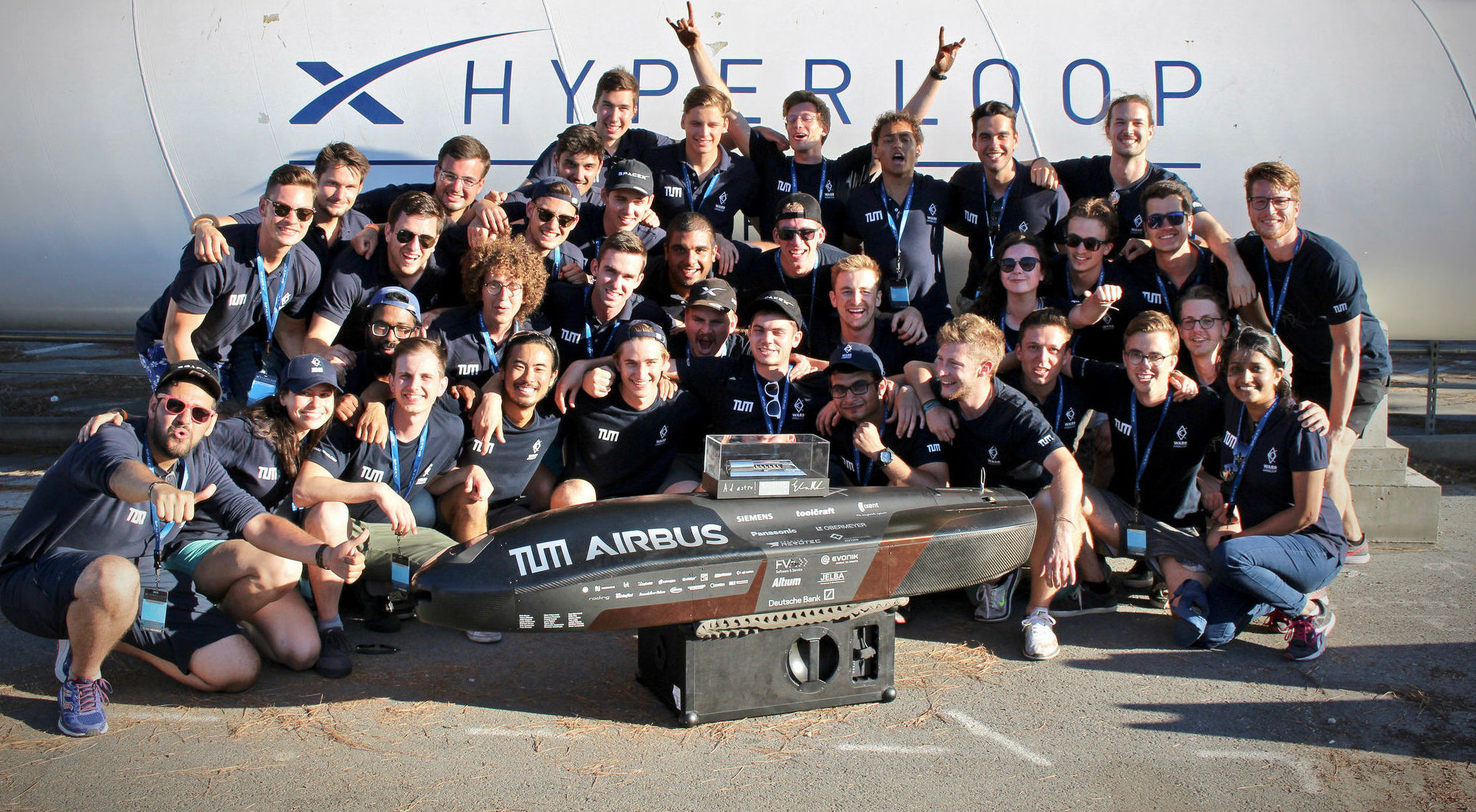
Meanwhile, the decision to require pods to either be able to accurately stop with an error of less than 2% the test Hyperloop’s length (100 feet) or be capable of multiple modes of propulsion (i.e. top-speed runs and “slow-crawl” without assistance from its designers) should add another level of difficulty and intrigue to 2019’s Hyperloop competition. Critically, returning teams – if accepted – will be required to significantly modify their existing pod or design a new pod if they wish to compete in 2019.
Catch SpaceX’s 2018 Competition below and visit SpaceX.com/Hyperloop in the event that you are a student, have a team, and want to build your very own super-fast Hyperloop pod.
For prompt updates, on-the-ground perspectives, and unique glimpses of SpaceX’s rocket recovery fleet check out our brand new LaunchPad and LandingZone newsletters!

News
Tesla Model 3 named New Zealand’s best passenger car of 2025
Tesla flipped the switch on Full Self-Driving (Supervised) in September, turning every Model 3 and Model Y into New Zealand’s most advanced production car overnight.
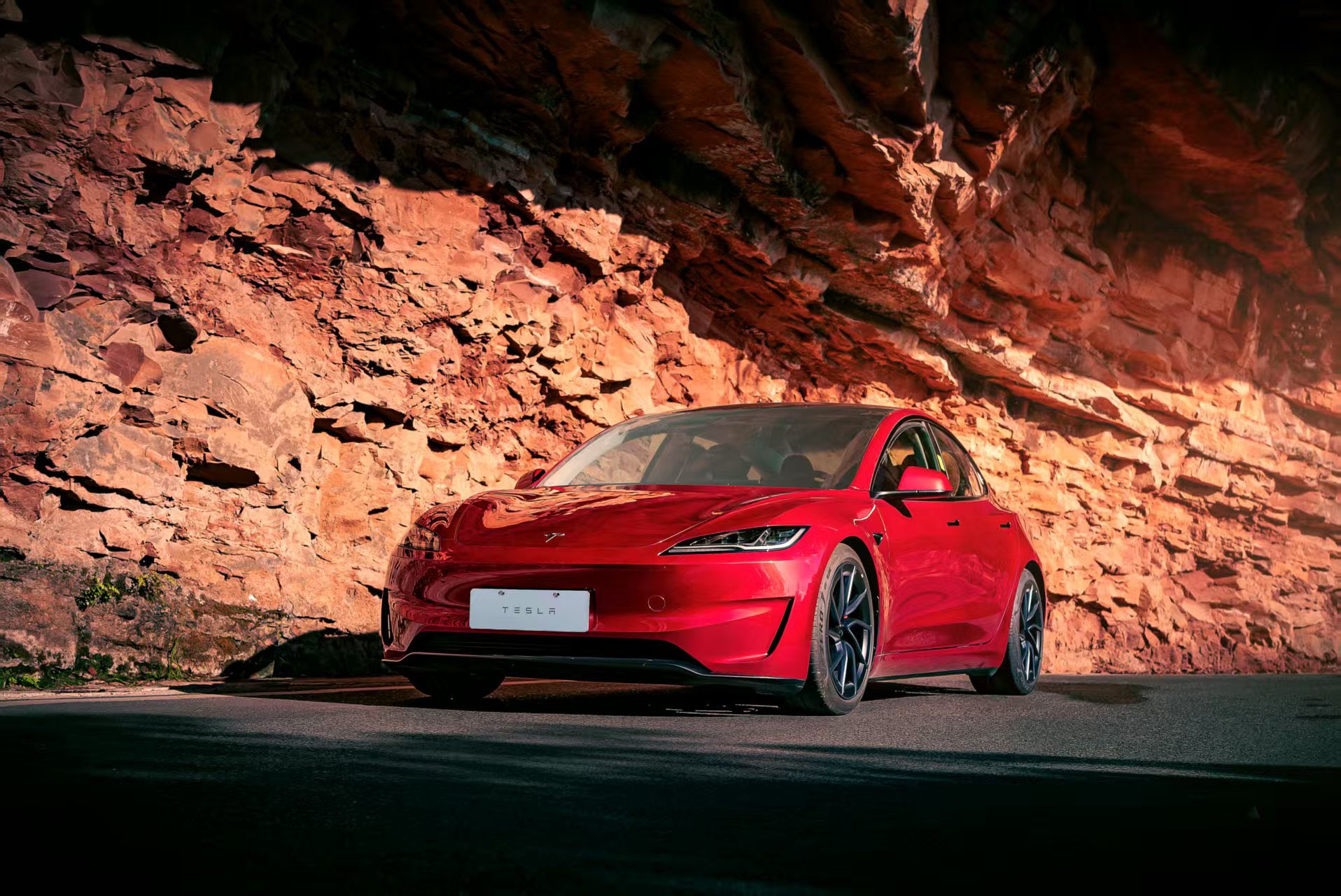
The refreshed Tesla Model 3 has won the DRIVEN Car Guide AA Insurance NZ Car of the Year 2025 award in the Passenger Car category, beating all traditional and electric rivals.
Judges praised the all-electric sedan’s driving dynamics, value-packed EV tech, and the game-changing addition of Full Self-Driving (Supervised) that went live in New Zealand this September.
Why the Model 3 clinched the crown
DRIVEN admitted they were late to the “Highland” party because the updated sedan arrived in New Zealand as a 2024 model, just before the new Model Y stole the headlines. Yet two things forced a re-evaluation this year.
First, experiencing the new Model Y reminded testers how many big upgrades originated in the Model 3, such as the smoother ride, quieter cabin, ventilated seats, rear touchscreen, and stalk-less minimalist interior. Second, and far more importantly, Tesla flipped the switch on Full Self-Driving (Supervised) in September, turning every Model 3 and Model Y into New Zealand’s most advanced production car overnight.
FSD changes everything for Kiwi buyers
The publication called the entry-level rear-wheel-drive version “good to drive and represents a lot of EV technology for the money,” but highlighted that FSD elevates it into another league. “Make no mistake, despite the ‘Supervised’ bit in the name that requires you to remain ready to take control, it’s autonomous and very capable in some surprisingly tricky scenarios,” the review stated.
At NZ$11,400, FSD is far from cheap, but Tesla also offers FSD (Supervised) on a $159 monthly subscription, making the tech accessible without the full upfront investment. That’s a game-changer, as it allows users to access the company’s most advanced system without forking over a huge amount of money.
News
Tesla starts rolling out FSD V14.2.1 to AI4 vehicles including Cybertruck
FSD V14.2.1 was released just about a week after the initial FSD V14.2 update was rolled out.

It appears that the Tesla AI team burned the midnight oil, allowing them to release FSD V14.2.1 on Thanksgiving. The update has been reported by Tesla owners with AI4 vehicles, as well as Cybertruck owners.
For the Tesla AI team, at least, it appears that work really does not stop.
FSD V14.2.1
Initial posts about FSD V14.2.1 were shared by Tesla owners on social media platform X. As per the Tesla owners, V14.2.1 appears to be a point update that’s designed to polish the features and capacities that have been available in FSD V14. A look at the release notes for FSD V14.2.1, however, shows that an extra line has been added.
“Camera visibility can lead to increased attention monitoring sensitivity.”
Whether this could lead to more drivers being alerted to pay attention to the roads more remains to be seen. This would likely become evident as soon as the first batch of videos from Tesla owners who received V14.21 start sharing their first drive impressions of the update. Despite the update being released on Thanksgiving, it would not be surprising if first impressions videos of FSD V14.2.1 are shared today, just the same.
Rapid FSD releases
What is rather interesting and impressive is the fact that FSD V14.2.1 was released just about a week after the initial FSD V14.2 update was rolled out. This bodes well for Tesla’s FSD users, especially since CEO Elon Musk has stated in the past that the V14.2 series will be for “widespread use.”
FSD V14 has so far received numerous positive reviews from Tesla owners, with numerous drivers noting that the system now drives better than most human drivers because it is cautious, confident, and considerate at the same time. The only question now, really, is if the V14.2 series does make it to the company’s wide FSD fleet, which is still populated by numerous HW3 vehicles.
News
Waymo rider data hints that Tesla’s Cybercab strategy might be the smartest, after all
These observations all but validate Tesla’s controversial two-seat Cybercab strategy, which has caught a lot of criticism since it was unveiled last year.
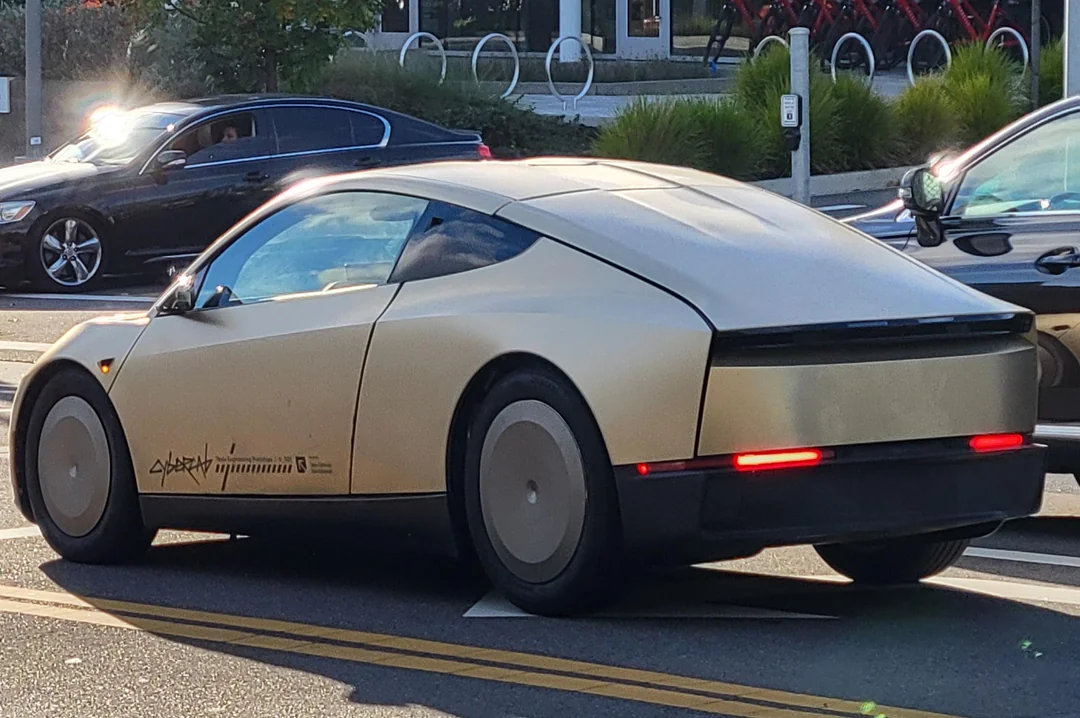
Toyota Connected Europe designer Karim Dia Toubajie has highlighted a particular trend that became evident in Waymo’s Q3 2025 occupancy stats. As it turned out, 90% of the trips taken by the driverless taxis carried two or fewer passengers.
These observations all but validate Tesla’s controversial two-seat Cybercab strategy, which has caught a lot of criticism since it was unveiled last year.
Toyota designer observes a trend
Karim Dia Toubajie, Lead Product Designer (Sustainable Mobility) at Toyota Connected Europe, analyzed Waymo’s latest California Public Utilities Commission filings and posted the results on LinkedIn this week.
“90% of robotaxi trips have 2 or less passengers, so why are we using 5-seater vehicles?” Toubajie asked. He continued: “90% of trips have 2 or less people, 75% of trips have 1 or less people.” He accompanied his comments with a graphic showing Waymo’s occupancy rates, which showed 71% of trips having one passenger, 15% of trips having two passengers, 6% of trips having three passengers, 5% of trips having zero passengers, and only 3% of trips having four passengers.
The data excludes operational trips like depot runs or charging, though Toubajie pointed out that most of the time, Waymo’s massive self-driving taxis are really just transporting 1 or 2 people, at times even no passengers at all. “This means that most of the time, the vehicle being used significantly outweighs the needs of the trip,” the Toyota designer wrote in his post.
Cybercab suddenly looks perfectly sized
Toubajie gave a nod to Tesla’s approach. “The Tesla Cybercab announced in 2024, is a 2-seater robotaxi with a 50kWh battery but I still believe this is on the larger side of what’s required for most trips,” he wrote.
With Waymo’s own numbers now proving 90% of demand fits two seats or fewer, the wheel-less, lidar-free Cybercab now looks like the smartest play in the room. The Cybercab is designed to be easy to produce, with CEO Elon Musk commenting that its product line would resemble a consumer electronics factory more than an automotive plant. This means that the Cybercab could saturate the roads quickly once it is deployed.
While the Cybercab will likely take the lion’s share of Tesla’s ride-hailing passengers, the Model 3 sedan and Model Y crossover would be perfect for the remaining 9% of riders who require larger vehicles. This should be easy to implement for Tesla, as the Model Y and Model 3 are both mass-market vehicles.
